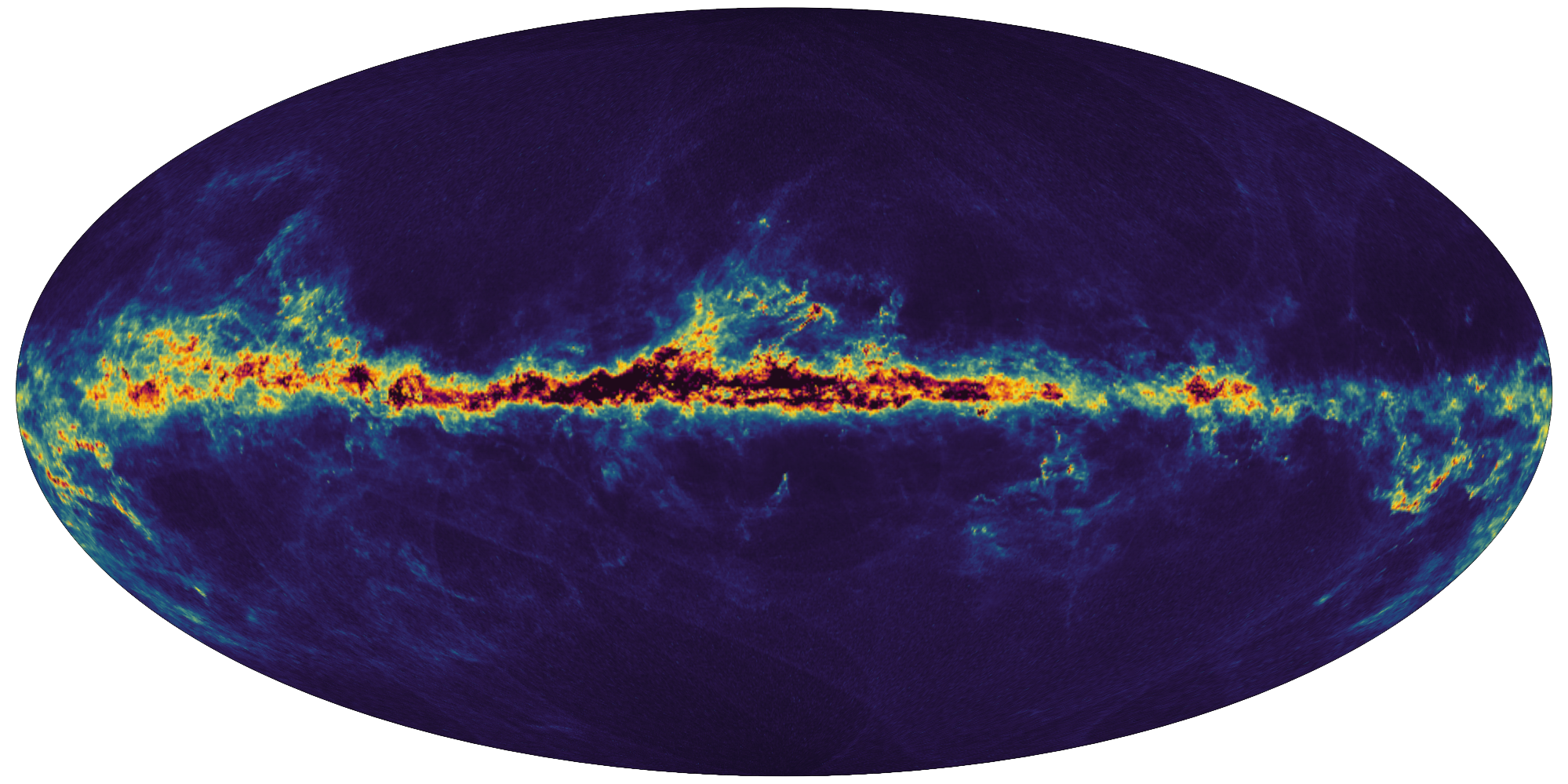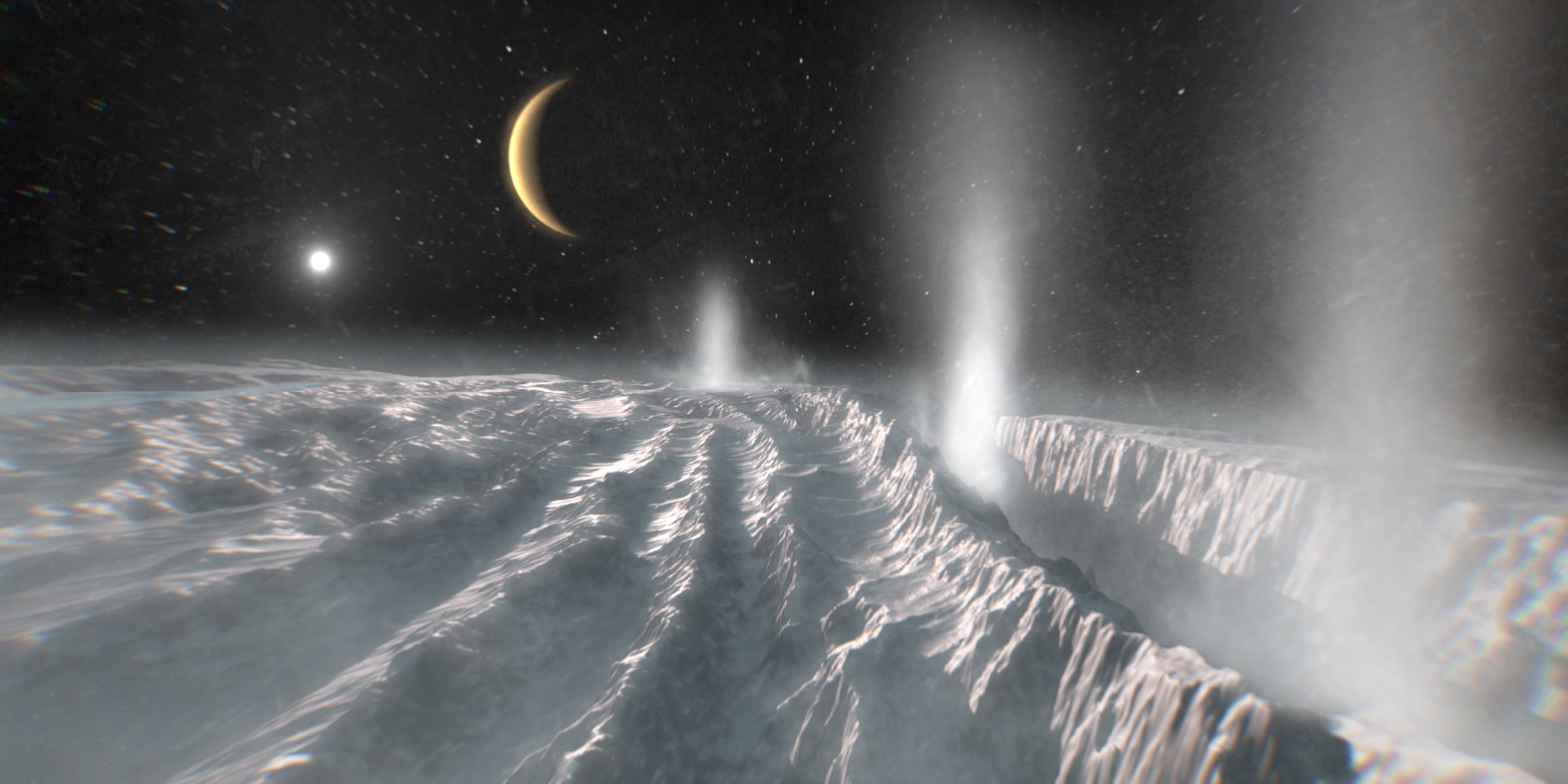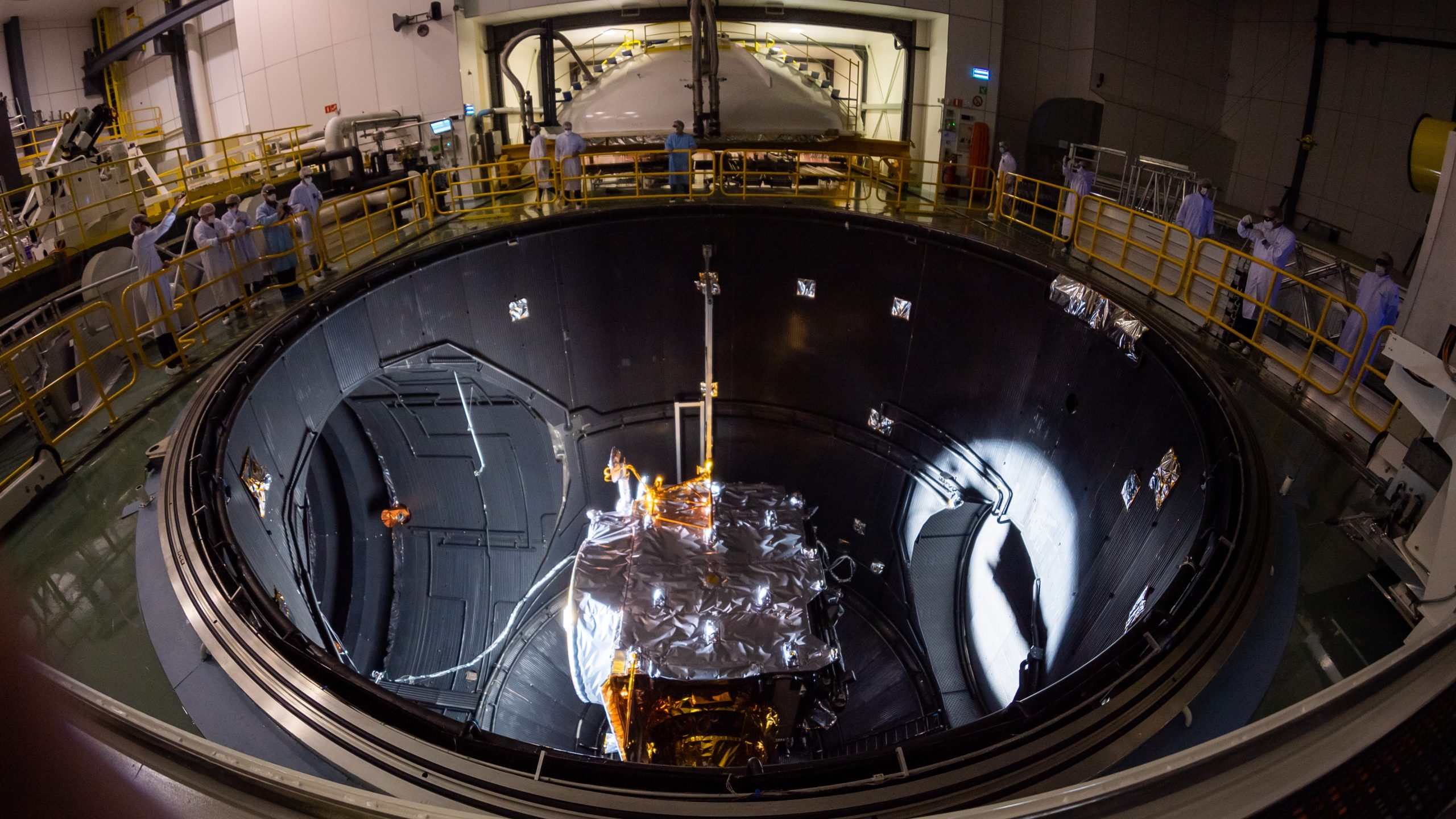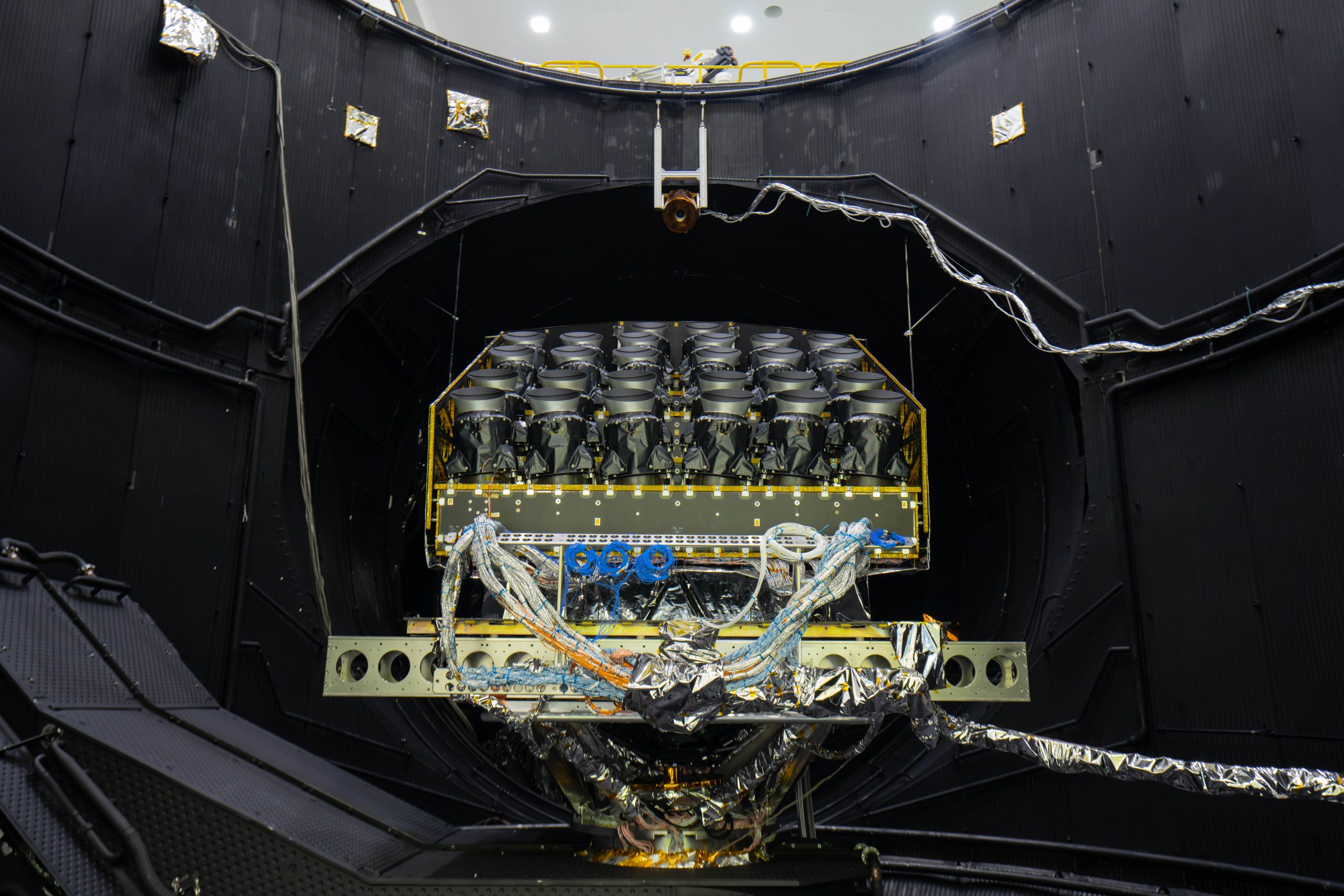A visionary programme
The scientific objectives for the new long-term programme were defined in 2021 under the title ‘Voyage 2050’. From 2035, these will take the place of the current plan, ‘Cosmic Vision 2015–2035’. This long-term plan focuses on key scientific questions:
How are planetary systems formed and under which conditions can life emerge?
Which processes are taking place in the Solar System?
Which physical laws apply in the Universe?
How did the Universe come into existence and what is it made of?

Four mission classes for wide-ranging objectives
These objectives will be pursued through a series of missions chosen for their scientific importance. By 2037, there are plans to launch two rapidly deployable Fast (F) missions, one Small (S) mission, five Medium (M) missions and three Large (L) missions under the programme. The L-missions are dedicated to major scientific questions with the potential to enable a significant leap forward in our scientific understanding. They are extremely complex, so long lead times are required in order to develop the necessary technology. In total, they amount to around two annual budgets. M-missions, meanwhile, investigate specific issues that are particularly valuable in terms of scientific research. As the required technology tends to be available already, these missions can be launched more quickly, which brings a degree of flexibility to the programme. The cost framework was set at around one annual budget. Cosmic Vision is supplemented by ESA participation in projects by international partners such as NASA and JAXA.

Germany’s contribution to Europe’s Science Programme


Pooling resources in this way allows Europe to remain on an equal footing with its international partners. Since ESA’s inception, its Science Programme has combined the resources and skills necessary to carry out projects that are too large or too difficult for individual Member States. The necessary financing adheres to a budget (level of resources; LoR) that must not be exceeded. At the ESA Council at Ministerial Level 2022, the LoR was raised by xxx percent to xxx billion euros to compensate for the loss of purchasing power in this mandatory programme as part of the ESA convention. The member states contribute to the financing according to their economic strength, as per the gross national product key. Germany is the largest contributor to this programme, at 21.13 percent, which equates to a total contribution of around 673.2 million euros over five years. Cosmic Vision is closely linked to the national space programmes of the Member States. As a rule, ESA builds the satellites and oversees their launch and operation, which costs around 15 percent of an annual budget. The Member States finance the payloads and the scientific processing of the data obtained. As such, the programme forms the core of scientific space activities for all Member States. In Germany, data are evaluated by scientific institutes, which also contribute considerable funds to the development of the instruments. This division of labour ensures close user involvement and the scientific quality of the programme.

























